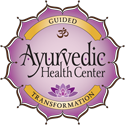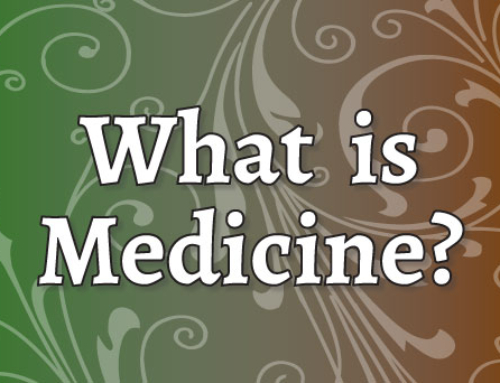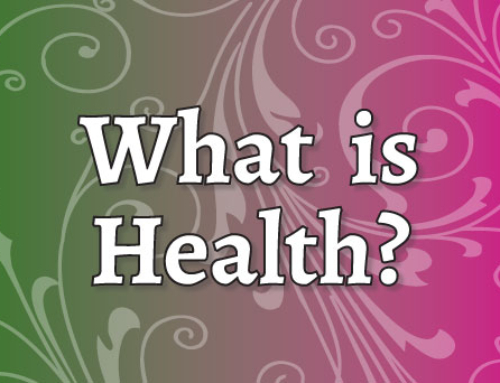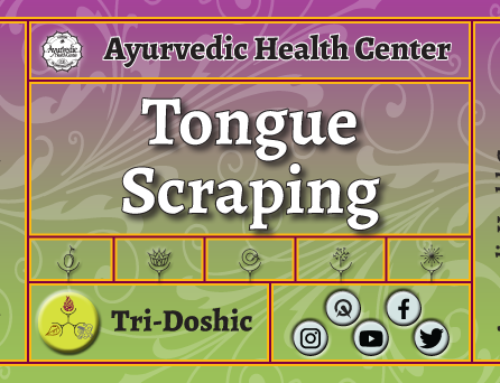In the world of choosing which foods to buy and which foods to eat, there are a lot of things to consider and many choices to make. Begin by assessing where you are now, and—as you are able to—choose healthier foods. They often cost more money, but the benefits to your health and wellness are priceless, truly.
| Bad | Good | Better | Best | |
|---|---|---|---|---|
| ie: prevents health | somewhat supports health | supports health | promotes health | |
| Fruits & Vegetables | eating no fresh fruits or vegetables | eating conventional fruits and vegetables | eating organic when affordable | eating only organic and non-gmo |
| Grains | eating packaged products | eating homemade with refined flours | eating homemade with whole grain flours | homemade with organic whole grain flours |
| Eggs | eating egg whites only, powdered eggs, or egg substitutes | eating store-bought conventional eggs | eating store-bought organic & free-range | eating store-bought organic, free-range, and locally sourced —OR— raising your own chickens |
| Dairy | eating low fat dairy, powdered milk, or pasteurized milk | eating whole fat and low-temperature pasteurized | eating whole fat, grass-fed, low-temperature pasteurized, and organic | eating whole fat, grass-fed, low-temperature pasteurized, organic, in glass bottles |
| Meat | eating processed or conventional meats | eating antibiotic and hormone-free meats | eating organic meats | eating organic, free-range meats |
| Seafood | eating seafood-substitutes | eating farmed seafood | eating canned or frozen seafood | eating fresh seafood from “clean” waters |
| Fats | eating margarine, Crisco, animal fats, corn oil, soybean oil, canola oil, or hydrogenated fats | eating conventional butter, olive oil, or sesame oil | eating organic, pasture-raised butter; organic olive oil or sesame oil | eating organic ghee or organic extra-virgin olive oil |
| Sweeteners | eating high fructose anything, agave nectar, refined sugars, sugar substitutes | eating unrefined sugar | eating store-bought organic honey or maple syrup | eating local raw and organic honey, unrefined and organic sugar, organic maple syrup |
| Pantry Items | eating store-bought packaged foods derived from GMO grains | eating store-bought packaged foods derived from organic grains | eating store-bought packaged foods derived from non-gmo and organic grains | eating homemade foods from locally sourced, organic, non-gmo ingredients |
| Fridge Items | eating soda, packaged condiments, most snack foods | eating non-gmo and organic fruit juices, condiments, and snack foods | avoiding eating soda and fruit juices | eating homemade (non-gmo and organic) condiments and snack foods |
- You can see the Environmental Working Group’s “Dirty Dozen” and “Clean Fifteen” rankings of produce with pesticide use.
- CAFO (Confined Animal Feeding Operation) foods are among the most toxic and unhealthy ones available to us. Unfortunately, these foods are usually the least expensive, making it easy for families to purchase them instead of higher quality but more expensive products. CAFO facilities use high concentrations of petrochemical growth hormones and antibiotics in feeding and treating livestock who live in very crowded and unsanitary conditions.
- When consuming nuts, grains, seeds, and lentils, their nutrients are more available to us with soaking, sprouting and dehydrating, OR sour-leavening.
Thanks to weedemandreap.com for the inspiration for this handout.





